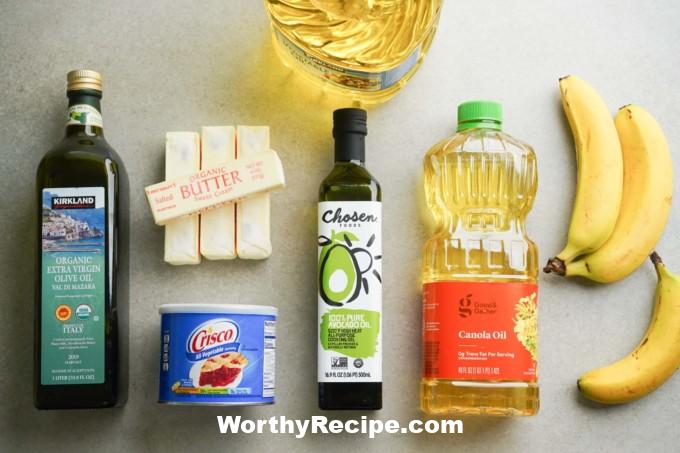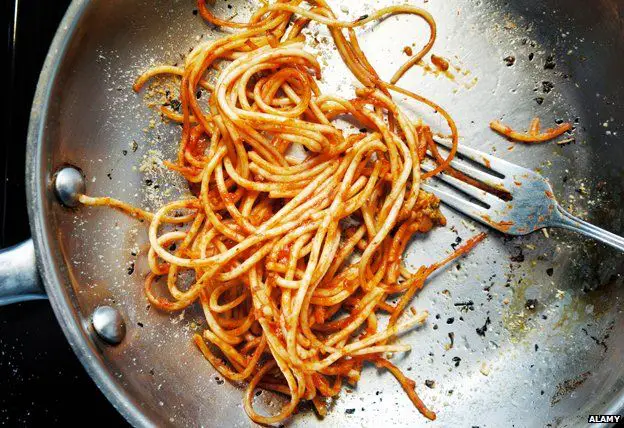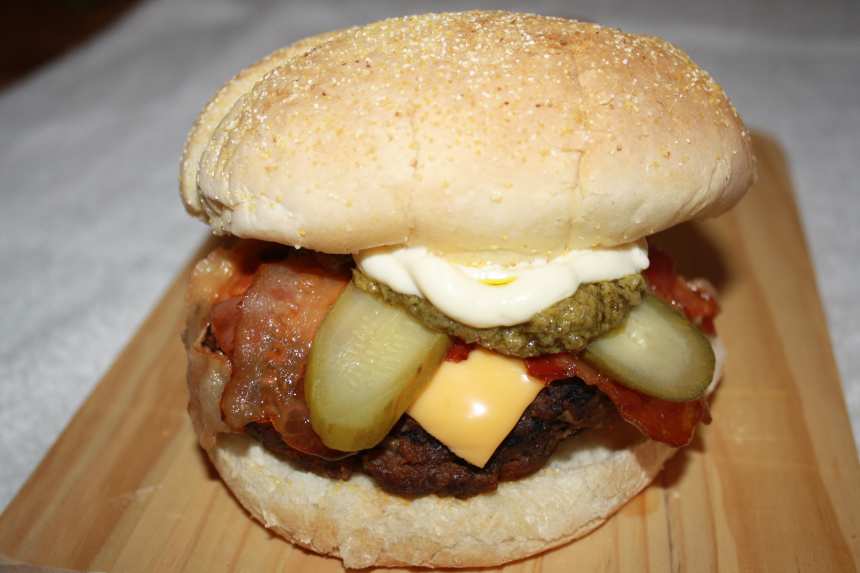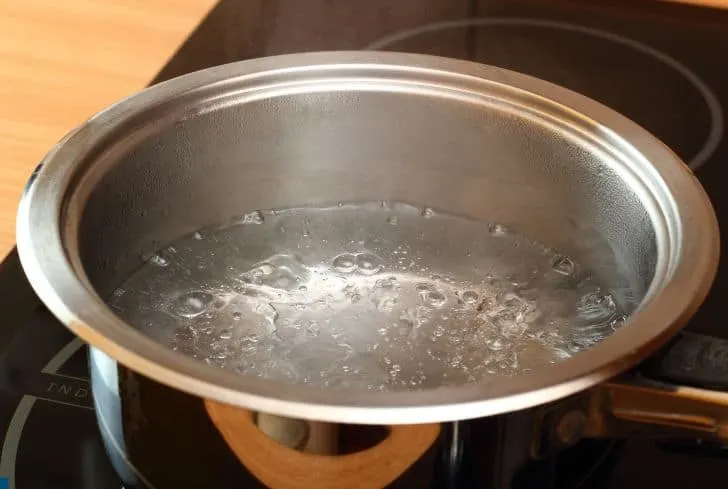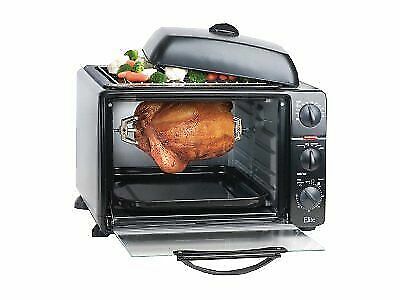Can You Use Olive Oil Instead of Vegetable Oil for Frying?
Cooking oils are an essential ingredient in most recipes, and each type of oil has its unique properties that make it ideal for a particular cooking method. Frying is a common cooking method that requires the use of oil to cook food at high temperatures. Vegetable oil and olive oil are two prevalent types of cooking oils used for frying; however, there is often debate about the better choice between these two. In this article, we will explore the differences between olive oil and vegetable oil for frying and provide insight into whether you can use olive oil instead of vegetable oil for frying.
Understanding the Basics: Types of Cooking Oils
Before deciding on which oil to use for frying, it’s essential to understand the different types of cooking oils available and their respective properties. Vegetable oils are extracted from various sources such as seeds, nuts, or fruits like soybeans, sunflowers, peanuts, corn, canola, cottonseed, and palm. On the other hand, there is only one type of olive oil – which is pressed from olives.
One critical factor that distinguishes cooking oils is the smoke point – the temperature at which an oil starts to break down and produce smoke during cooking. Each type of oil has a distinct smoke point that determines whether it’s suitable for high-heat cooking methods like frying.
Considerations for Choosing Cooking Oil
When selecting an oil for frying, several factors need to be considered beyond smoke point. Cooking oils vary in nutritional value, flavor profile and tolerance to heat. Other factors to consider include:
- Taste profile preferences
- Affordability
- Type of dish being prepared
- Storage capabilities
The Debate: Olive Oil vs. Vegetable Oil
Olive oil is considered a healthier option than vegetable oils as it is high in monounsaturated fatty acids and antioxidants. Nonetheless, both olive oil and vegetable oil are used for frying, cooking, and baking due to their unique flavor profiles and heat tolerance.
Comparison of Vegetable Oil and Olive Oil in terms of Nutritional Value, Smoke Point, and Flavor
Vegetable oils have a higher concentration of polyunsaturated fats while olive oil contains more monounsaturated fats which makes them better than vegetable oils for antioxidants with anti-inflammatory properties.
In terms of smoke point, most vegetable oils have a high smoke point compared to olive oil. The smoke point of refined vegetable oil is generally around 450°F, making it ideal for high-heat cooking methods such as frying. On the other hand, the smoke point of olive oil ranges between 350°F and 400°F depending on the variety – extra virgin olive oil with the lowest smoke point while light or pure olive oils have a higher smoke point.
Regarding flavor profile; vegetable oils have a neutral taste profile that makes them perfect for use in various dishes without overpowering recipes’ flavors. Alternatively, olive oil’s herbal flavor is richly aromatic and considered an ingredient in its right as it is also used to make marinades, dressings and dipping sauces.
Advantages of Using Olive Oil over Vegetable Oil:
- Better taste profile:
- Healthy alternative:
- Gives your dish an excellent aroma:
Disadvantages of Using Olive Oil over Vegetable Oil:
- Limited heat tolerance:
- Expensive in some markets:
- May overpower other flavors in a dish:
Benefits of Using Olive Oil in Cooking
Olive oil is considered to be a healthy alternative to vegetable oils for several reasons. Firstly, it is loaded with monounsaturated fats and antioxidants such as vitamin E and K, which protect your cells against damage and reduce the risk of chronic diseases.
Olive oil is also beneficial for brain health, reduces inflammation, reduces the risk of heart disease and lowers bad cholesterol levels in the body.
In terms of cooking methods, olive oil is best used for dressings, marinades, vinaigrettes or finishing oils as it brings out a rich herbal flavor profile on meals.
Misconceptions About Frying with Olive Oil
There has long been debate surrounding frying with olive oil due to concerns about its smoke point and safety at high-heat cooking temperatures. However, recent studies show that high-quality olive oils can withstand high temperatures without producing harmful toxins. Extra-virgin olive oil performs better in oxidative stability assessments than many other cooking oils like vegetable oil
Research on the Safety and Effectiveness of Using Olive Oil for Frying
A study carried out by the European Journal of Lipid Science and Technology indicated that extra-virgin olive oil remains stable under high temperatures compared to other unrefined oils or vegetable oils; however, it should be kept under 190 C (375 F) for optimal results. An article by NCBI recommends that for deep-frying methods above 190°C (375 °F), users could consider refined olive oil instead due to its higher smoke point.
Tips for Frying with Olive Oil
When using olive oil for frying, employing the best practices will ensure meals come out correctly cooked and full of flavor.
Best Practices for Frying with Olive Oil
- Preheat before use:
- Avoid overcrowding:
- Use a high-quality oil:
- Monitor heat levels:
- Clean up after use:
When to Use Other Alternatives
While olive oil is an ideal choice for dressings, marinades and other dishes that require gentle heat, it may not always be the best choice for cooking methods that require high heat such as deep-frying or pan-searing.
Other great healthy and flavorful alternatives to consider includes coconut, ghee butter and avocado oils, which offer unique taste profiles and can tolerate high temperatures compared to other vegetable oils.
Choosing the Right Olive Oil for Your Needs
The type of olive oil used in different dishes determines outcomes of your dish and its suitability for frying. It is essential to know why some types are better suited than others in your recipe. Here are the main varieties of olive oil available:
The Main Types Are:
- Extra Virgin Olive Oil:
- Premium Extra-Virgin Olive Oil
- Light Olive Oil:
- Pure or Regular Olive Oil:
This type of olive is extracted from the fruit (olives) without using heat or chemicals. It’s the most authentic type with an intense earthy flavor profile that pairs well with salads, marinades and more delicate dishes.
The highest quality Extra-virgin olive oil contains no defects and has a fruity flavor with excellent aroma
is also made from cold-pressed or chemically extracted olives, but it has been processed to reduce the strong flavors making it ideal for dishes that require fewer herbal nuances like baking or frying.
This type of olive oil is a blend of cold-pressed and processed oils derived from the remaining pulp after pressing extra-virgin olive oil. It has a lower quality compared to other types and has neutral flavor profile; therefore, suitable for high heat cooking methods like frying.
Conclusion: Final Thoughts on Using Olive Oil in Cooking
Olive oil is proven to be an excellent alternative to vegetable oils when it comes to cooking and especially gentle-heat cooking methods. While there’s no universally better oil for frying than the other, many people prefer using olive oil due to its multitude of health benefits and rich herbal flavor profile. Nevertheless, It is important to note that different types of olive oils that are best suited for exceptional dishes with different heat tolerance levels. It’s always important to pick out a suitable one based on the temperature levels you are using, so your meals end up perfect!
References
- the European Journal of Lipid Science and Technology : https://onlinelibrary.wiley.com/doi/full/10.1002/ejlt.201600172
- The NCBI (National Center for Biotechnology Information) at https://www.ncbi.nlm.nih.gov/pmc/articles/PMC6567199/.
- OlivesHealthBenefits.com. “Olive Oil 101: Types, Benefits, and More,” https://oliveshealthbenefits.com/olive-oil-types-benefits-more/.
- Soukoulis C, Levra RE, Karathanos VT (November 2009). “Effect of natural antioxidants from Greek legumes on lipid oxidation, colour and sensory attributes of cooked pork meat” Journal of the Science of Food and Agriculture.
Can olive oil be used for frying instead of vegetable oil?
Yes, olive oil can be used for frying instead of vegetable oil. However, you should know that not all types of olive oil are suitable for frying. Extra virgin olive oil is not recommended because it has a low smoke point and can burn easily. Instead, refined olive oil or light olive oil are better options because they have a higher smoke point and a more neutral flavor.
What is the smoke point of olive oil?
The smoke point of olive oil varies depending on the type of oil. Extra virgin olive oil has a smoke point of around 375°F, while refined or light olive oils have a higher smoke point of up to 465°F. It’s important to avoid heating the oil beyond its smoke point as this can create harmful compounds and affect its taste.
Is it healthier to use olive oil instead of vegetable oil?
Olive oil and vegetable oils both have their own health benefits and drawbacks. Olive oil contains heart-healthy monounsaturated fats and antioxidants, while vegetable oils are high in polyunsaturated fats that can reduce inflammation. However, using either in moderation and within recommended intake levels can contribute to a healthy diet.
Can you reuse olive oil after frying?
Yes, you can reuse olive oil after frying. However, it’s important to strain out any leftover food particles from the oil to prevent them from burning and affecting the quality of the next batch. Additionally, make sure to store the used oil properly in an airtight container in a cool, dark place away from direct sunlight. Ideally, it’s recommended to only reuse olive oil two or three times before discarding it.
